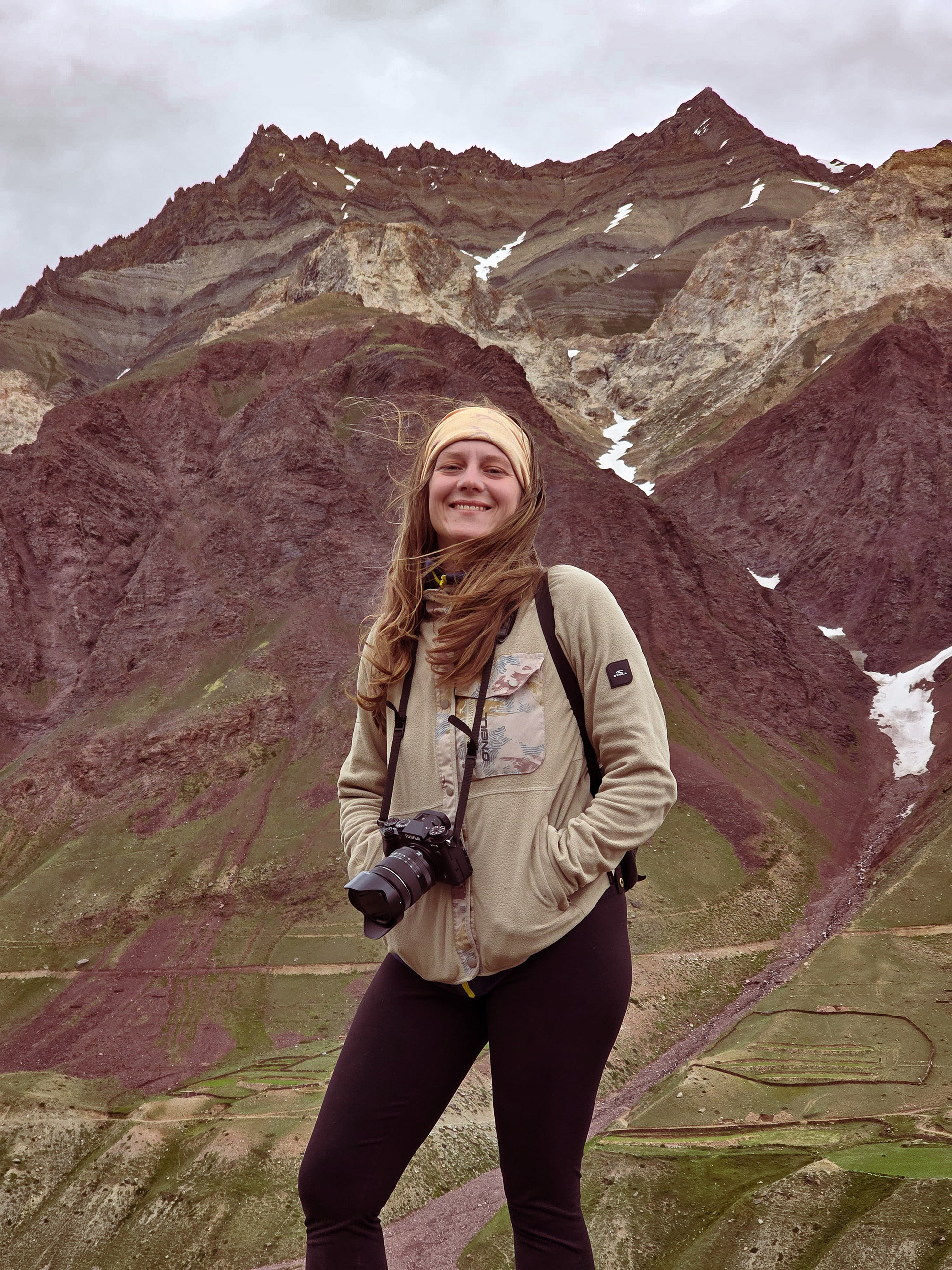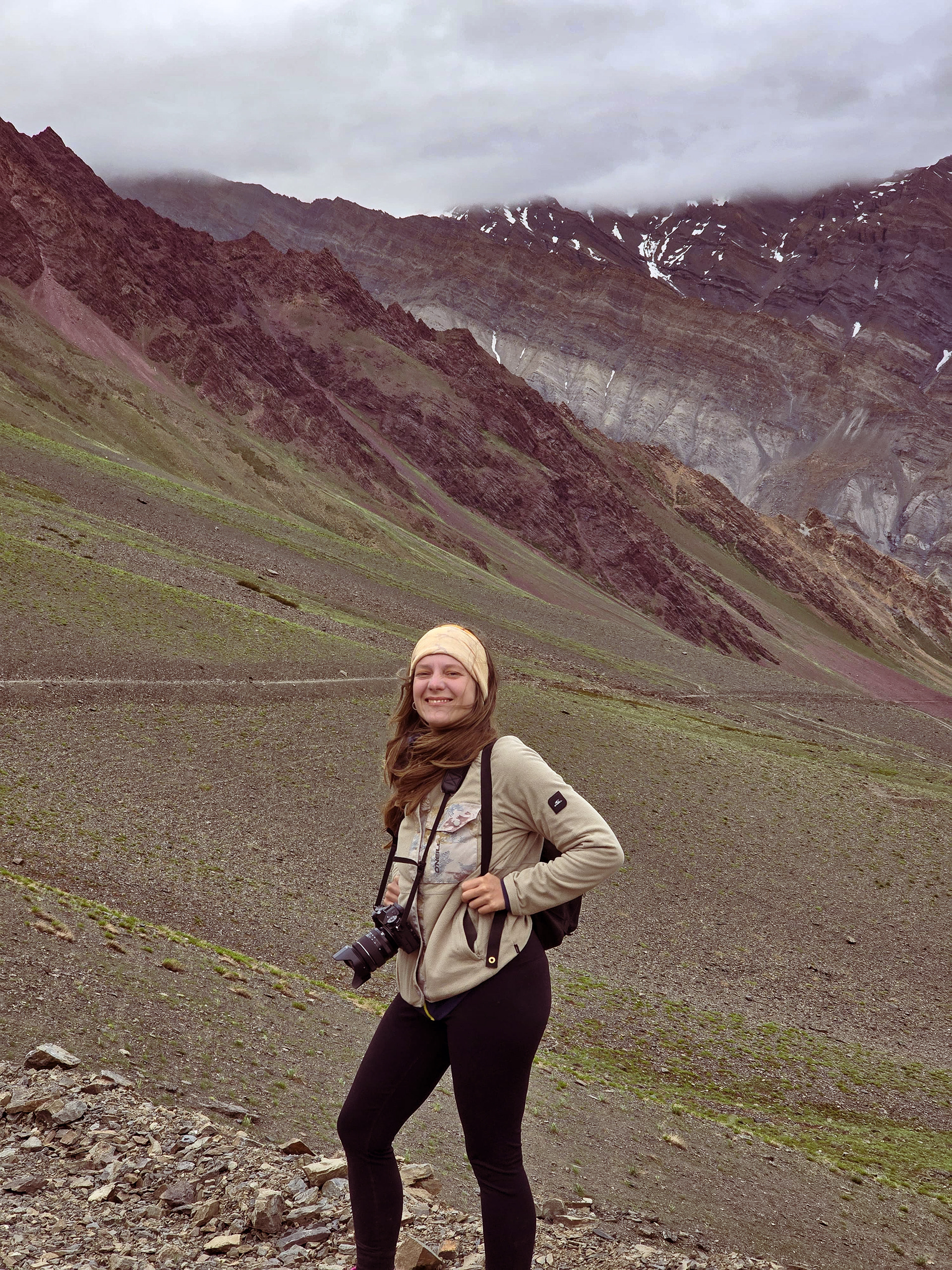1. Compact vs. DSLR vs. Mirrorless
Weight is a major concern when hiking, especially on multi-day treks. A heavy camera can become a burden, so it’s best to go for a mirrorless camera or a high-end compact camera. While DSLRs still offer great image quality, they tend to be heavier.
So, when exploring mirrorless camera options, check out cameras with an APS-C sensor. These sensors are smaller than full-frame sensors, which means the camera body and lenses will also be lighter. Don’t worry about losing image quality! If the sensor has got a minimum of 24 megapixels, you’ll still capture stunning photos that are great for bigger print outs.
2. The Best Camera Is the One You Have
The Best Camera Is the One You Have – You don’t necessarily need a newer or the newest camera. All cameras work on the same basic principles: shutter speed, aperture, and ISO. Focus on mastering these first! Newer models might offer more features, but they won’t magically make your photos better. It’s what’s in front of your lens—and how you use your camera—that truly matters. Personally, I prefer a lighter, playful camera that makes photography enjoyable over a heavy, high-end model. Don’t get lost in the technicalities—focus on light, composition, and storytelling, and you’ll likely find your current camera is more than enough.
3. Weather Resistance
High altitudes bring unpredictable weather. Your camera should ideally be weather sealed to handle dust, rain, and extreme temperatures. If your camera isn’t weatherproof, make sure to carry a waterproof case or at least a dry bag for protection. A little extra preparation can save your gear from unexpected downpours!
4. Battery Life
Cold Mountain weather drains batteries fast. Make sure to choose a camera with good battery life, and always carry at least one spare battery. Keep your backup battery in a warm pocket to preserve its charge.
5. The Perfect Lens
I personally prefer a versatile zoom lens, like an 18-80mm or 24-70mm, which covers a wide range of shots—from sweeping landscapes to portraits. With a good zoom lens, you won’t need to carry multiple lenses, making your gear lighter and more practical for trekking.


I shoot all my photos using an 18–80mm lens on a camera body equipped with a 40MP APS-C sensor. This setup is notably lighter compared to full-frame cameras, which tend to be bulkier due to their larger sensors and bigger lenses
6. Portability
Think about how you’ll carry your camera gear. If, like me, you’re a bit paranoid about your camera getting damaged, invest in a proper camera bag with plenty of padding. These bags give you peace of mind, especially when trekking through rocky or muddy terrain. Deep down, I know my camera probably won’t get damaged, but having that extra protection helps me relax and focus on my surroundings. So, if it helps you worry less, go for it! ;)
The best camera is the one you feel comfortable carrying and that you enjoy using. And remember—it’s not about having the fanciest gear, but about capturing moments that tell a story and make you feel something every time you look back at them!